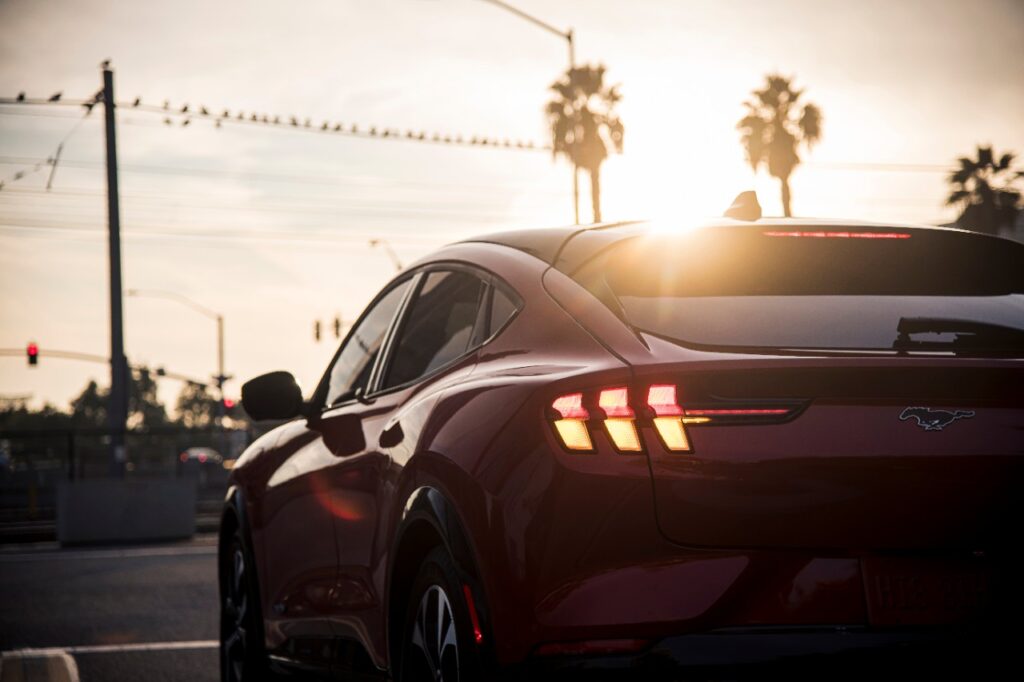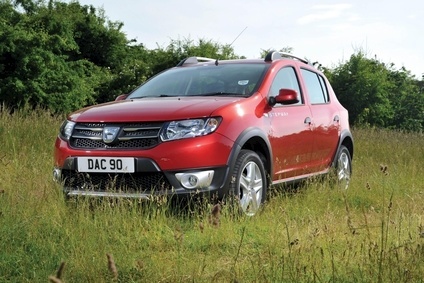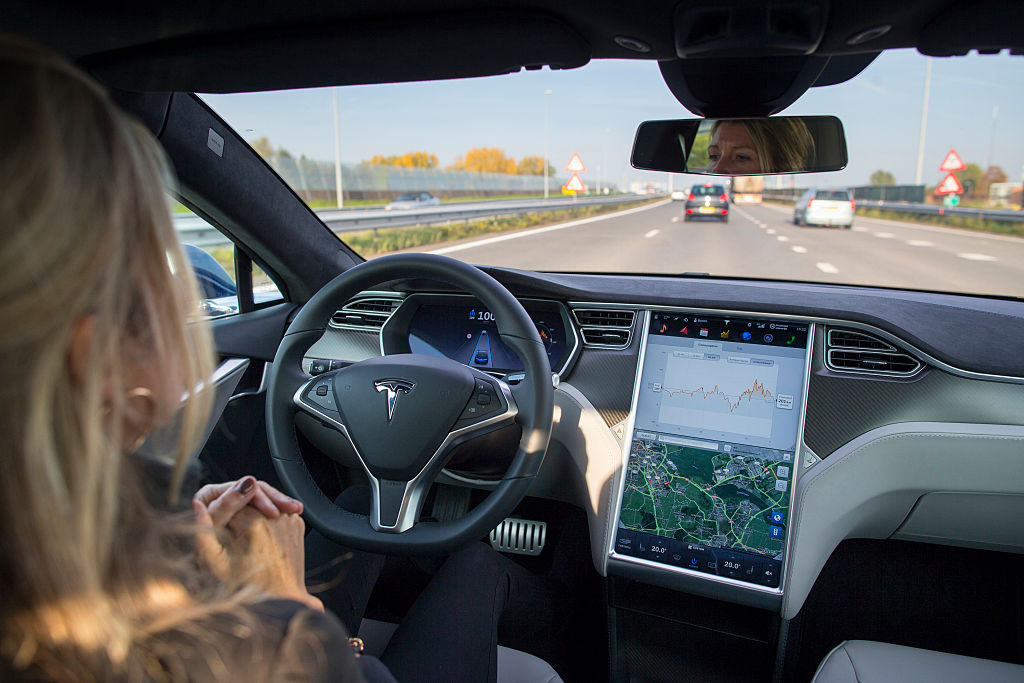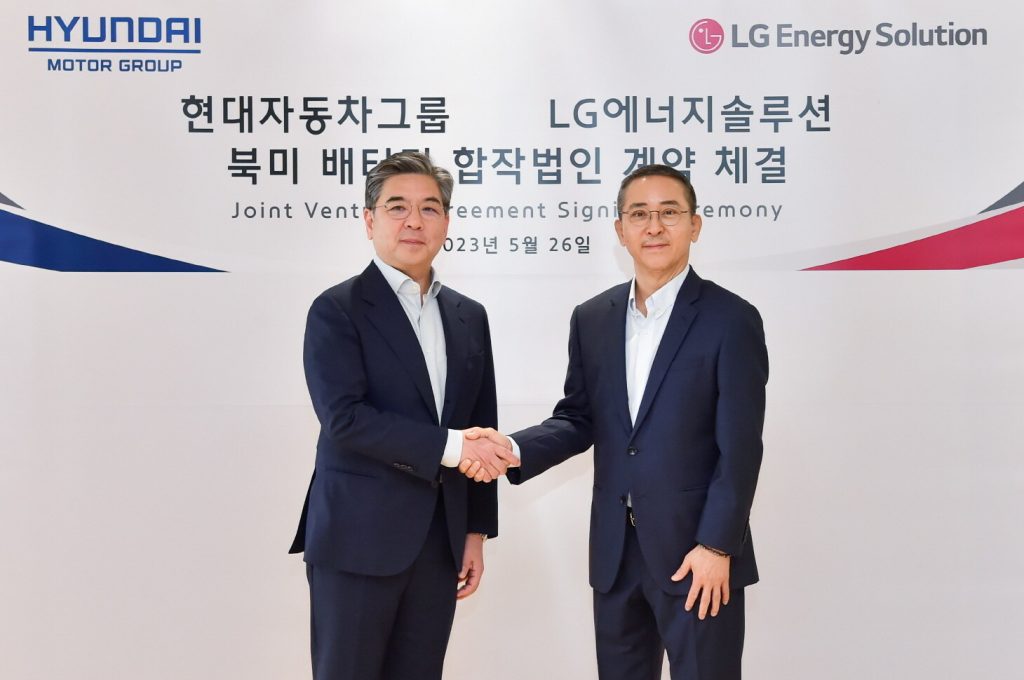
April’s global light vehicle market was up 25.1% on last year as supply shortages in the industry continue to ease. The global light vehicle market is continuing to grow as supply shortages related to the semiconductor crisis continue to ease, according to the latest GlobalData market analysis. GlobalData’s estimates put the global light vehicle (LV) annualised selling rate at 86 million units/year in April, up from March’s figure of 84 million units/year. Numerous markets have benefitted from an easing of supply constraints, with overall YoY growth of 25%. US raw sales recorded month-on-month (MoM) growth to 1.4 million units, as the market benefitted from a strong end to April and increased vehicle availability. China estimates indicate a similar sentiment with the same selling rate as in March, at 26.3 million units/year. Both Western and Eastern Europe experienced positive YoY sales growth, helped by easing supply constraints and increased deliveries.
From racetrack to road
McLaren Applied, a supplier of automotive grade components, has been taking inspiration from its work in Formula E and applying it to road vehicles. The automotive world is growing and changing everyday with new designs, technology, and innovative ideas – especially within the electrification sector. Electric vehicles are here and now which is compelling OEMs to think outside the box to ensure optimum efficiency and performance for battery powered vehicles. The launch of an 800 volt Silicon Carbide inverter, designed by McLaren Applied, supports ultra-fast charging while delivering optimum powertrain efficiency, it is claimed. This fifth generation inverter takes its development cues from Formula 1 and Formula E, moulding it into technology suitable for the automotive market. On a recent trip to McLaren Applied’s headquarters in Woking, Frankie Youd spoke with Stephen Lambert, head of electrification, McLaren Applied, to learn more about the design for the silicon carbide inverter.
No electric RX?
Toyota has a cautiously clever strategy for Lexus’ new and next SUVs. It understands why many people prefer not to buy an electric vehicle, instead giving such buyers a fresh option for the new Lexus RX: plug-in hybrid power. Once it was just h for hybrid, but then came d for diesel and now Lexus badges can feature an e for electric or even a + for, well, no not plu…s but plu…g-in hybrid. This luxury brand has long been synonymous with hybrids, at least in Asia and Europe, North American customers traditionally having been less keen on petrol-electric models. That’s now changed and not only are h-suffix SUVs some of the brand’s best sellers in the US but EVs and PHEVs are (slowly) finding favour too.
Lecky Megane
Electric cars sure have grown up. My memory of Renault‘s first effort, the Zoe, tried a decade or more ago at a press demo day where it was restricted to a slow, so called ‘city route’, is of a motorised tin can with flimsy thin panels (for light weight) and a pared-down interior with acres of painted metal. A fun to drive, nippy and easy to park runabout, though, and it’s since found plenty of homes in various markets. The Megane, launched a couple of years or so ago, is a whole different ball game – larger, (much) longer range, solid in look and feel, nicely trimmed and a nice compromise between a C-segment hatchback and SUV. It wasn’t purpose built as an EV, though, unlike the Zoe, Alliance partner Nissan’s Leaf and many other more recent arrivals. In some markets the Megane can be had with ICE powertrains but, here in the UK, it is offered only as a BEV and there are four trim levels. This is the first model to be 100% ‘Made in ElectriCity’, the Renault Group’s industrial hub and claimed “European leader of EV vehicles” located in northern France.
Future Stellantis
This week, the first of two reports looked at selected future models being developed for Stellantis’ many brands, beginning with Abarth, Alfa Romeo, Chrysler, Citroen, Dodge and DS.
ICEs not dead yet
Despite all the hype surrounding EVs, ICE engines are not dead yet nor is investment in making them. Toyota’s US operation has opened a new flexible engine line at its Kentucky plant. The flex line, a US$145m previously announced investment, can now produce three different engine types simultaneously on one line, making Kentucky the only Toyota plant in North America with this capability. This advancement reflects a core goal of the Georgetown facility’s change to increase flexibility to align with a shifting market. The new line will supply 2.4-litre turbo and 2.5-litre engines for hybrid Toyota and Lexus products with the ability to increase hybrid volume as needed to meet customer demand.
China EV investment
BMW has announced plans to produce its next generation of electric vehicles (EVs), or Neue Klasse, in China in 2026 to strengthen its range in the world’s largest EV market. The majority-owned joint venture, BMW Brilliance Automotive (BBA), will begin production of the new EV range at a factory in Shenyang, Liaoning province. from 2026, following Chinese launch in 2025. The announcement coincided with the 20th anniversary of the establishment of the joint venture. BMW also said it would spend CNY10bn (US$1.4bn) on a new factory for its ‘sixth generation’ high voltage batteries in China with commercial production also set to start in 2026. The company said the battery plant would cover an area of of 240,000 sq m, five times the size of its current battery plant, and create 2,000 jobs.
And again
Chinese automaker Changan is Continental’s first customer for its new generation of electronic brake systems for Electronic Stability Control (ESC). The Chinese market debut marks the first time that the MK 120 ESC has entered series production worldwide, Continental said. Production of the new system will take place at the German technology company’s Shanghai plant. One of the ‘Big Four’ automakers in China, Changan expects its sales to reach 2.8m units in 2023, its chairman Zhu Huarong said at the start of this year.
Tesla, too
Tesla reportedly has applied for regulatory clearance to expand its Shanghai plant and to begin producing pouch type battery cells for the first time, albeit in small numbers. An undated public notice cited by Reuters said the potential expansion would give the Shanghai Gigafactory the capacity to produce 1.75m powertrain units a year, up from the current 1.25m. The news agency said it was not clear from the notice, posted on the website of the district where the factory is located, whether Tesla was committed to moving ahead with the expansion or is only seeking approval for potential, future capacity.
Tesla eyes India
Tesla has proposed setting up a factory in India to build electric cars for domestic sale and export, the carmaker reportedly told government officials on Wednesday, according to a Reuters source. The news agency noted the proposal came after India refused to agree to Tesla’s request last year to lower the import tax on cars, which can reach as much as 100%. India wanted the carmaker to build vehicles locally but Tesla wanted to test the market first with imports and the talks ended in deadlock. While Tesla did not discuss lower import taxes with Indian officials, it proposed setting up a new factory, albeit without specifying a location or investment, the Reuters source said. Senior Tesla executives were in India this week to meet the government to discuss local sourcing of parts and other issues.
Apple trade secrets
A former Apple software engineer faces up to a decade in prison and a $250,000 fine after being charged with the theft of trade secrets relating to autonomous systems, the United States Department of Justice (DOJ) announced this week. Weibao Wang, 35, was employed at Apple from the beginning of March 2016 to April 2018. In his role at Apple, he was assigned to work in a team that designed and developed hardware and software for autonomous systems, with applications including self-driving cars. The DOJ indictment details that in November 2017, Wang accepted a job offer as a staff engineer with the US based subsidiary of a Chinese headquartered company referred to in the indictment as “COMPANY ONE” and is allegedly developing autonomous cars. Wang is said to have waited more than four and a half months after signing the new employment agreement before informing Apple of his resignation.
Hella OEM deals
Automotive supplier Hella has received numerous series orders from customers which are enhancing its market position in electrification and energy management. Customer projects include nominations for high-voltage battery management, actuators and intelligent battery sensors. Hella is currently already equipping the e-vehicle fleet of a German premium manufacturer with battery management systems. Now, Hella says it will also for the first time mass-produce the battery management system for the US market and supply a local manufacturer of transport vehicles.
Merc EV van plans
Starting in 2026, all newly developed midsize and large Mercedes-Benz vans will be based on one single, modular and scalable architecture called VAN.EA, or Van Electric Architecture, developed for purpose built battery electric vehicles (BEVs). The automaker plans to halve model variants compared to current ICE vans. VAN.EA consists of three blocks. The front one consists of the electric powertrain and the front axle and is the same in all variants. The centre block scales the vehicle length and houses a standardised battery case in which different capacities are installed. The rear module will be available in two versions: with additional electric motor for all wheel drive variants and without for front wheel drive variants.
Have a nice weekend.
Graeme Roberts, Deputy Editor, Just Auto





